Planting grass seeds is the cheapest way to establish a lawn.We all are guilty of wanting to have a beautiful lush green lawn.
However, only so many of us can or want to spend hundreds or even thousands of dollars on installing grass sod to establish a lawn.
For most of us, planting grass seeds is the only feasible way, and even though it is not rocket science, people often have many questions about it. For instance, how long does it take for the grass seeds to grow?

Depending on the variety of grass seed you have purchased, seed germination could take anywhere between seven to fifteen days.
However, it can sometimes take as long as 30 days or more. It is because the variety of grass seeds is not the only factor affecting the seed germination rate and speed.
A host of other factors influence seed germination and the rate at which the grass seedlings grow. These include local weather conditions, soil type, the time of the year when you plant and moisture in the soil, to name a few.
Keep reading this article to understand better the factors that influence grass seed germination and growth. It would help you determine how long it will take for your seeds to grow and how you can speed it up!
Factors That Affect Grass Seed Germination
Establishing a beautiful lawn is more than just buying grass seeds, planting them and then waiting for the seeds to grow.
For instance, choosing the right time and conditions to plant grass seeds and then caring for the grass seeds is crucial to ensure that the grass seeds germination takes place properly. So, let’s take a quick look at some of the most important factors that influence grass seed germination.
Type Of The Grass Seeds
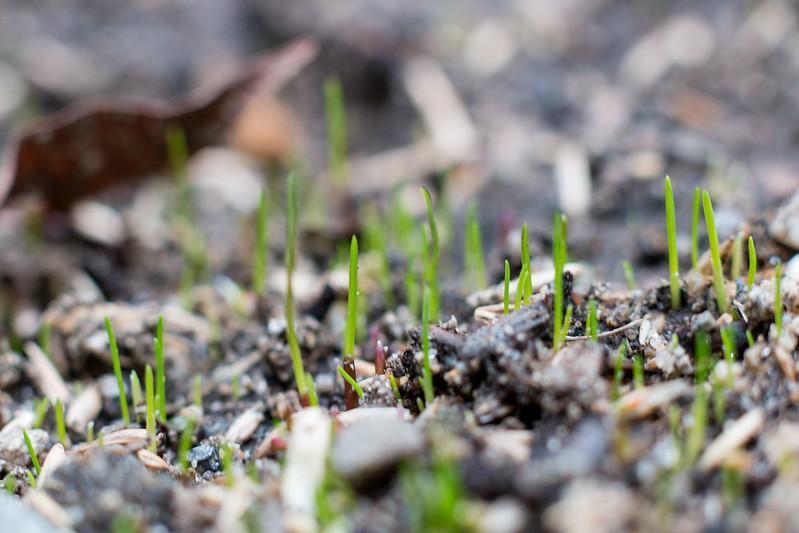
Warm-season grasses can take up to one year to establish from seeds.
Cool-season grasses usually grow much quicker than warm-season grasses. For most of them, seed germination only takes five to twelve days. With a good lawn care plant, you might even be able to establish a lawn in as few as 30 days.
Seeds of warm-season grasses, however, are a bit slow to germinate and grow.
With proper lawn care, your warm-season grass might reach the mowing height in two or three months, but a warm-season grass lawn usually takes around one year to establish fully.
Below is a table that shows seed germination times for some of the most popular cool-season and warm-season grasses in the United States.
| Cool-season grasses | Warm-season grasses | ||
|---|---|---|---|
| Type | Time (days) | Type | Time (days) |
| Perennial ryegrass | 5 to 10 | Buffalo grass | 14 to 30 |
| Kentucky bluegrass | 7 to 10 | Centipede grass | 14 to 21 |
| Tall fescue | 7 to 12 | Zoysia grass | 14 to 21 |
| Bentgrass | 10 to 14 | Bermuda grass | 10 to 15 |
Age Of The Grass Seeds
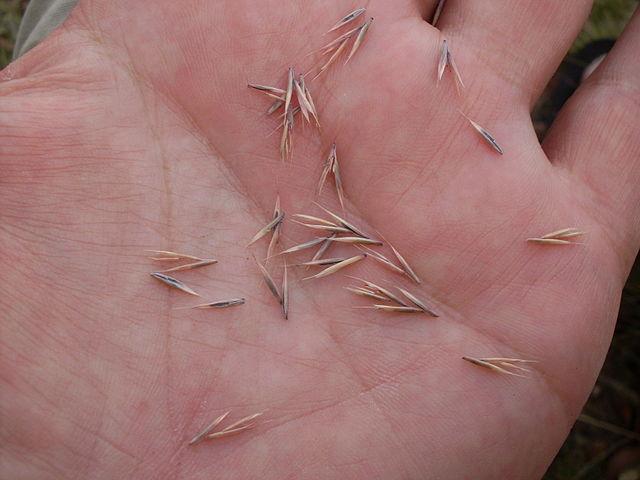
Grass seeds older than two or three years often fail to germinate successfully.It is not just the variety of the grass seeds by any means that can influence the seed germination rate and speed.
The age of the grass seeds, or in other words, how old the grass seeds are that you are planting in your yard, can also affect seed germination.
Typically, grass seeds have a shelf life of about two or three years. However, grass seeds often expire before that because of improper storage conditions.
So, whenever you visit a market for grass seeds, try to buy the seeds that have been bagged recently.
Bags of grass seeds have printed bagging and expiration dates on the bags. If you cannot find these dates on a bag, it is better not to use them. However, if you still want to try these seeds, we suggest you test them before planting them in your yard.
Testing Grass Seed Viability
You can test the viability of your grass seeds in one of two ways. The first method described here is slow, but it is more reliable.
Take a few seeds and place them inside a damp tissue or a coffee paper. Then, place the tissue or coffee paper containing seeds in a plastic bag and wait. Viable seeds should start germinating in six to ten days.
However, if you do not want to wait that long, there is a quick but less reliable solution too. Take a few seeds and drop them into a cup of water.
If they float, throw them out. If they sink, they are good to use. If some sink and some float, you can try the seeds, but the grass seed germination rate will be significantly low.
Time Of The Year
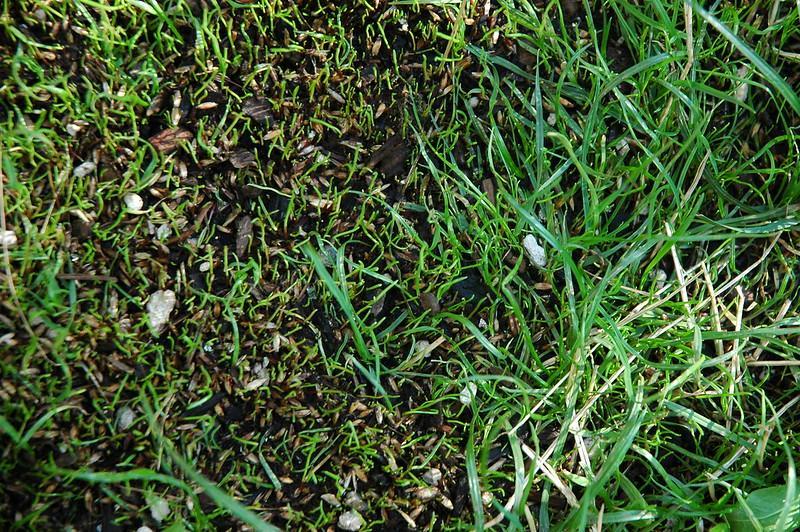
Warm-season grasses should be planted in late summer or spring.
Depending on the type of grass seed that you are using in your yard, timing is also important. For instance, you will need to plant cool-season grasses at a time of year when temperatures are cooler.
This gives the grass seed enough time to become well established before the weather heats up.
Cool-season grasses show maximum growth when soil temperatures are between 55 and 65 degrees Fahrenheit.
For many of us, this happens in late summer and fall. However, depending on where you live, this might happen in late winter or spring.
On the other hand, warm-season grasses should be planted in spring or summer.
These grasses show maximum growth when soil temperatures are between 60 and 80 degrees Fahrenheit. Their growth is seriously affected by cold weather.
So, if you are planning to plant warm-season grass in your yard, it is highly recommended that you plan for it a few months ahead and make sure that the turf is well-established before the first frost of winter hits the ground.
RELATED: What Is The Best Time To Plant Grass Seed In Spring? Grow A Perfect Lawn!
Soil Conditions
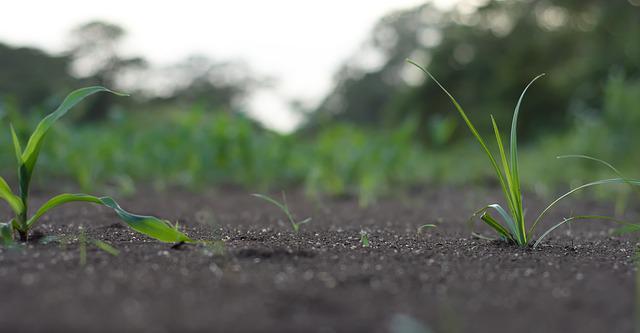
Soil is the foundation for grass seeds, which is how they receive nutrients to grow.
In addition to weather, different grass seed varieties also require different soil conditions if they are to germinate and grow properly. For instance, most cool-season grasses grow best in a pH range of about 6.0 to 7.2.
On the other hand, warm-season grasses grow best in a soil pH of about 5.5 to 6.5. In addition, some grass seed varieties require more moisture in the soil than others to achieve a reasonable seed germination rate.
Experts always suggest that you get your soil tested before planting grass seed. Growing grass needs tons of nutrients to sustain an adequate growth rate. If even a single nutrient is lacking in your lawn soil, seed germination could take a hit.
Seeding Rates

Always measure the exact size of your lawn before ordering grass seeds.
Sometimes when you see a lower than normal rate of seed germination in your yard, the problem is not soil, weather or the variety of the grass seeds but the rate at which you are planting the grass seeds.
Even in the same area, different grass seeds need to be planted in different amounts to ensure a healthy turf.
The table below shows the correct seeding rates of some of the most popular cool-season and warm-season grasses.
| Cool-Season Grasses | |
|---|---|
| Perennial ryegrass | 8 to 10 lbs. / 1,000 sq. ft. |
| Kentucky bluegrass | 2 to 3 lbs. / 1,000 sq. ft. |
| Tall fescue | 5 to 6 lbs. / 1,000 sq. ft. |
| Bentgrass | 1.0 to 1.5 lbs. / 1,000 sq. ft. |
| Warm-season grasses | |
| Buffalo grass | 1 to 3 lbs. / 1,000 sq. ft. |
| Centipede grass | 0.5 to 1.0 lbs. / 1,000 sq. ft. |
| Zoysia grass | 1 to 3 lbs. / 1,000 sq. ft. |
| Bermuda grass | 6 to 10 lbs. / 1,000 sq. ft. |
Tips For Planting Grass Seeds
Now that you understand the factors that can affect grass seed germination rate and speed, we can discuss the proper way to plant grass seeds and care for them. Hopefully, this will help you establish the turf of your dreams.
Choose The Best Quality Seed Mix

Using a seed mix can help keep your lawn green year-round.
Different grass seeds germinate and grow best in different seasons. Similarly, once fully established, different grass varieties enter dormancy at different times of the year.
And if you have a turf made up of a single grass variety, let’s say Kentucky bluegrass, it might turn brown in the hot months of the summer.
To solve this issue, all you have to do is mix a cool-season grass variety with a warm-season grass variety. You can also buy premixed grass seed packages from your local gardening store or an online marketplace.
However, make sure you buy a seed mix designed for your area. Such seed mixes are not difficult to find and are readily available in local and online gardening stores.
Prepare The Lawn Soil
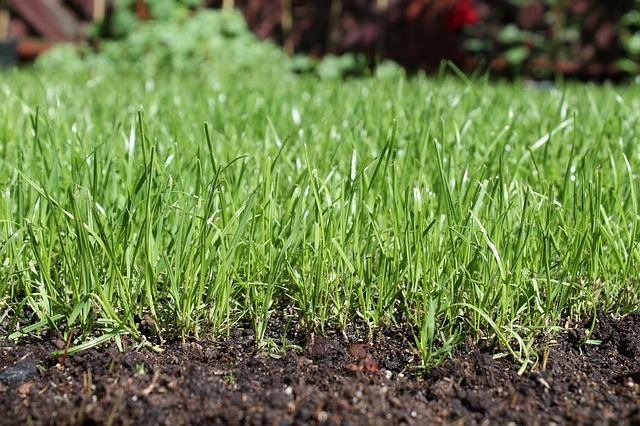
Make sure that the soil is well aerated before planting grass seeds.
Soil conditions significantly affect grass seed germination rate and speed, sometimes more so than any other factor. You can have a much better seed germination rate if you properly prepare the soil and care for the seed. Here’s how to do it:
- Remove all weeds from your lawn to reduce competition for germinating grass seeds. If you use a chemical weed killer to kill weeds in your yard, wait a few weeks before planting grass seeds.
- Spread a 1- to 2-inch thick layer of compost on the surface of your yard to create a hospitable environment for your grass seeds. Once planted, cover the grass seeds with a thin layer of mulch.
- Avoid foot traffic in your yard as much as possible until the grass has grown enough to be mowed.
Watering The Grass Seeds
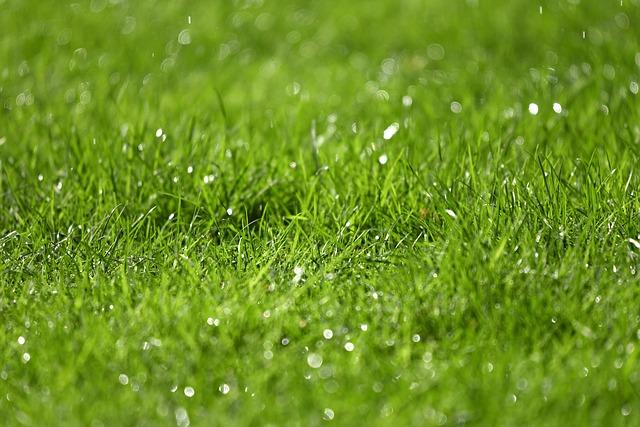
If the grass seeds dry out, they will not germinate.
Watering grass seed is probably the most important factor that could speed up seed germination and grass growth. At first, you will want to keep the lawn soil moist to prevent the grass seed from drying.
However, once the seeds germinate, your goal will be to promote deep root growth. So, you will need to water your seed and grass differently. Here is how to do it properly after planting grass seeds in your yard:
- For the first 15 days, water for 15 minutes twice daily in the morning and evening.
- Once seeds germinate, water your lawn once a day for 30 minutes for one week.
- Next week, water your lawn for 45 minutes on alternating days.
- Once the grass establishes, water your lawn around 1.5 inches every week.
Just keep in mind that these numbers are only intended to serve as a guideline. The size of your lawn, local weather conditions and soil type will drastically change how much water you need to provide to your grass seeds.
Conclusion
Planting seeds and then waiting for the grass to grow is quite frustrating for many people. However, if you understand how it all works, waiting for your turf to establish is not as frustrating and is what this article was aimed at.
So, ensure that you prepare the soil correctly, plant grass seeds at the right time and then water your grass consistently. You will see that in no time, your grass seeds will start germinating and not late after that, you will be walking barefoot on your new lawn.
Frequently Asked Questions
Will grass seed grow if I just throw it down?
If you want to grow a thick and beautiful lawn, simply throwing grass seeds on the ground won’t work. There is a whole world of lawn care if you want that. However, some seeds will grow, but the germination rate will be much MUCH lower.
Should I put topsoil over grass seed?
It is a hotly debated topic. Some experts are in its favor, while others are strictly against it. So, to be on the safer side, we suggest that you cover your grass seeds with a thin layer of organic matter instead of topsoil.
How do I speed up grass seed germination?
Here are a few things you can do to speed up the grass seed germination: water your lawn consistently, use a starter fertilizer, plant grass seeds at the right time and avoid disturbing the grass seed during the first few weeks.
Can you use too much grass seed?
Using too much grass seed will increase the competition between the grass plants. The result will be a patchy turf with bare spots on it. So, always use the right amount of grass seed, whether establishing a new lawn or overseeding an existing one.
What is the fastest-growing grass seed?
The credit goes to perennial ryegrass in cool-season grasses, germinating in as little as ten days. Whereas in warm-season grasses, Bermuda grass is the quickest to grow, taking around 10 to 15 days to germinate from the seeds.
Sources For Further Reading
Poor Seed Germination – University of Maryland Extension Service
Germination and Seedling Emergence – Forage Information System, Oregon State University
Establishing a Lawn from Seed – Iowa State University Extension and Outreach







